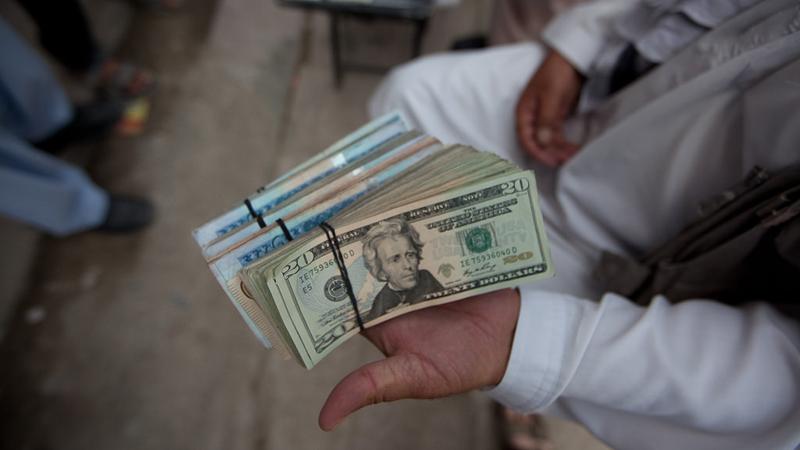Terrorist financing and money laundering are two of the most serious threats to global security. They are financial activities that enable terrorists and criminals to move and hide money and other assets. Such activities are a major source of funding for terrorist activities, as well as a major conduit for the illegal trade in weapons, drugs, and human trafficking. As a result, it is essential to understand the challenges posed by terrorist financing and money laundering and to put in place effective solutions to keep us safe.
Introduction
Terrorist financing and money laundering are two related but distinct activities. Terrorist financing is the process of providing financial support to a terrorist group or individual by providing funds, goods, or services. Money laundering, on the other hand, is the process of disguising the true origin and ownership of funds obtained illegally. It involves three steps: placement, layering, and integration.
In both cases, the activities are illegal and can have serious consequences for both national and global security. Terrorist financing and money laundering are major sources of income for terrorist organizations and can be used to finance terrorist activities such as recruitment, training, and operations. Money laundering is also used to conceal the proceeds of crime and can be used to finance further criminal activities.
How Terrorist Financing and Money Laundering Work
Terrorist financing and money laundering typically involve complex networks of individuals, companies, and financial institutions that are used to move money and other assets across international borders. These networks are often based in countries with weak or non-existent financial regulations and are used to disguise the true origin and ownership of funds.
One of the most common methods of terrorist financing and money laundering is the use of hawala networks. Hawala networks are informal money transfer systems that operate independently of banks and are widely used in parts of the Middle East, Africa, and South Asia. They are based on trust and operate outside of the formal banking system, making them difficult to trace and monitor.
Money laundering often involves the use of shell companies. Shell companies are companies that exist on paper but have no real presence or operations. They are used to disguise the true ownership of assets and to move money across international borders. They are often located in countries with weak or non-existent financial regulations.
Challenges in Confronting Terrorist Financing and Money Laundering
Given the complexity of terrorist financing and money laundering networks, it is difficult for governments and law enforcement agencies to identify and disrupt these activities. It is often difficult to trace and monitor the activities of these networks and to identify the individuals and organizations behind them. Additionally, because the networks are often based in countries with weak or non-existent financial regulations, it is difficult to enforce international regulations and compliance.
Another challenge is the lack of cooperation between countries. Money and other assets can move quickly and easily across international borders, making it difficult to track and identify the individuals and organizations behind these activities.
International Regulations and Compliance
In an effort to combat terrorist financing and money laundering, many countries have implemented regulations and compliance measures to prevent individuals and organizations from engaging in these activities. These include measures such as the implementation of customer due diligence, know-your-customer (KYC), and anti-money laundering (AML) regulations. Additionally, countries have implemented international standards and protocols, such as the Financial Action Task Force (FATF) standards, which are designed to ensure that financial institutions comply with anti-money laundering and counter-terrorist financing regulations.
Global Financial Intelligence Units and Collaborations
In order to identify and disrupt terrorist financing and money laundering activities, it is essential to have an effective global financial intelligence network. Financial intelligence units (FIUs) are responsible for collecting and analyzing financial information from a variety of sources, including banks, financial institutions, and government agencies. This information can be used to identify suspicious transactions and to detect and disrupt terrorist financing and money laundering activities.
Furthermore, a collaboration between countries is essential in order to effectively confront terrorist financing and money laundering. Countries must work together to share financial information, exchange best practices, and develop effective strategies to combat these activities.
Financial Monitoring and Investigation
In addition to international regulations and collaboration, it is also important to have effective financial monitoring and investigation mechanisms in place. Financial monitoring involves tracking and analyzing financial transactions in order to identify suspicious activity. This can include monitoring the activities of individuals and organizations, as well as the activities of banks and financial institutions. Investigation, on the other hand, involves gathering evidence, analyzing information, and conducting interviews in order to identify and disrupt terrorist financing and money laundering activities.
Technological Solutions to Combat Terrorist Financing and Money Laundering
In addition to financial monitoring and investigation, technological solutions can also be used to combat terrorist financing and money laundering. Many countries have implemented advanced algorithms and artificial intelligence (AI) systems to identify suspicious transactions and detect patterns of terrorist financing and money laundering. Additionally, blockchain technology can be used to trace and monitor transactions, and to ensure that transactions are secure and transparent.
Countering Violent Extremism (CVE)
Countering Violent Extremism (CVE) is an approach to preventing terrorism that focuses on identifying and addressing the root causes of terrorism. It involves working with communities to identify and address the underlying conditions that lead to radicalization and violent extremism. This includes addressing social, economic, and political grievances, and providing educational and economic opportunities to at-risk individuals.
Strengthening Financial Transparency
In addition to international regulations, global collaboration, financial monitoring, investigation, technological solutions, and CVE, it is also important to strengthen financial transparency in order to combat terrorist financing and money laundering. Financial transparency involves making sure that financial institutions, companies, and individuals are held accountable for their activities, and that financial information is accessible and open to public scrutiny. This can include measures such as making sure that the true owners of companies are disclosed, and that companies and individuals are held accountable for their activities.
Conclusion
Terrorist financing and money laundering are serious threats to global security. In order to combat these activities, it is essential to understand the challenges posed by these activities, and to put in place effective solutions to keep us safe. This includes implementing international regulations and compliance, developing global financial intelligence networks and collaboration, conducting financial monitoring and investigation, utilizing technological solutions, countering violent extremism, and strengthening financial transparency. By taking these steps, we can make sure that these activities are effectively addressed and that we are kept safe from the threats posed by terrorist financing and money laundering.


